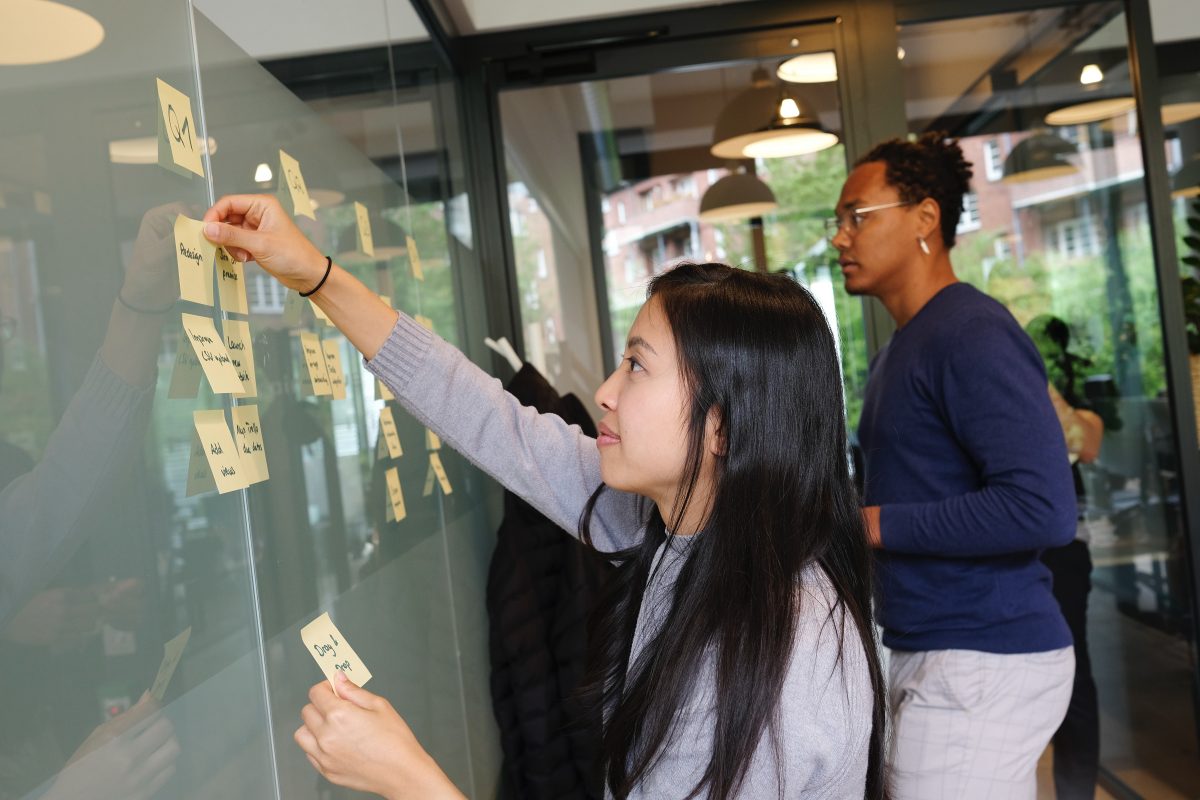So as some of you know I’ve recently taken a new role at What Works for Children’s Social Care as a senior researcher, drawing together my research and engagement skills along with my lived experience of being in, and being left by, the care system.
You may also know that I recently recorded a FourThought (think TedTalk for radio) piece for BBC Radio 4. If you haven’t heard it, you can find the recording of it here. In it, I essentially call attention to my view that while involving those with care experience (CEP) in policy making and events about children’s social care is highly valuable, there are nuances that need closer inspection to make it safe and make it count. The first being a lack of diversity in who represents the care experience, and the second being the unintended damage it can cause to the CEP engaged.
In this blog I reflect on some of the implications of that talk for my practice at What Works, which involves leading on the qualitative and ethical practices within our research, in the hope that this will a) start new (or refresh old) conversations, and b) hold me to account.
Honesty
Firstly, research and engagement projects are too often sold to young people as an opportunity to ‘change the system’ without clarity on what a project can and can’t do, and how it really fits into the wider system. I appreciate that the system is complex, and that we should be ambitious, however we should also manage the expectations of those we involve in our research and engagement, and do our best to be transparent about the context. For example, I’ve just started working on a project on wellbeing support for care leavers. The challenges here are huge, and we’ll need to be clear with participants that our initial research is a place to start, and won’t be able to ‘fix’ the issues that we explore.
There is a lack of evidence on how involving those with lived experience in policy making, and how research more generally, actually impacts policy and practice. Generating policy is almost as complex as the system it guides, with many moving parts and players (which thankfully our policy team navigates while we focus on the research), but young people are capable of understanding that if we take the time to explain. It’s important to demonstrate to CEP that they’ve been heard, and what’s happened because of what they’ve shared with us. At minimum, we can follow up to tell them what we as a project team have and haven’t done, why, our next steps, and what we’re aiming for in terms of influencing wider change. We will be feeding back to the participants in the wellbeing support for care leavers project who want us to, and there will be an opportunity for some of them to feed into outputs if they want to.
Diversity
Secondly, diversity is everything. If we’re only reaching young people who’ve had the best experiences of a service, or who have some combination of circumstances that enable them to excel more than their care experienced peers, then we’re getting a very skewed picture of what’s working and what needs to change. There is no easy fix to this, so I’m very keen to build long-term relationships with those who have a track record and/or interest in involving large numbers of CEP that better capture the diversity of the care experience than some of the – very excellent and useful – smaller panels that are often repeatedly consulted. I know that my colleagues at WWCSC share this ambition, having already worked to broaden our pool of stakeholders and CEP networks, including involving CEP who are 25+.
I’m also reflecting on who our research is for. While we obviously want to get to the bottom of what works, there are some interim benefits we could be producing for CEP and practitioners who support them along the way. Our research reports generally need to fully unpack the research that we do, but myself and others are working on making outputs that provide something immediately useful, or at least stimulating for discussion. For example, we plan to involve stakeholders and CEP in co-producing recommendations for the sector alongside publishing our research findings from our upcoming work on wellbeing support for care leavers.
Power
Finally, wellbeing – for anyone – is complex and nuanced, especially when you’re living with trauma. It’s important to give CEP the support they need to contribute to research and engagement projects in a way that suits them. This year, we’re trialling taking a peer research approach to some of our work, and will continue to focus on our gatekeeper relationships. Alongside this, we’ll be thinking about expanding our toolbox of methods.
A key reflection for me about the Four Thought piece was that I spent six months with the space and time to be selective with the truth, and to use an artistic licence to express something that, in a way, is more honest than if I’d just told you my opinion or relayed a story in a less performative way. My aim was to give you an experience, not just my opinion. That’s powerful for understanding and interpretation, and it’s powerful for balancing a dialogue before it starts, because I set the pace, I chose what to keep and what to share. When we set research questions, we take away participants’ power to shape the research according to what is most important to them. There is long-term thinking to be done on how to deal with this, but as a place to start our work on wellbeing support for care leavers is intentionally broad in scope, and leaves room for external steer on what our findings mean.
If any of this resonates with you, and you’ve got ideas about how I and others can improve our practices in research and engagement with care experienced people, let me know! @clohesion

